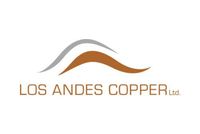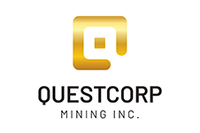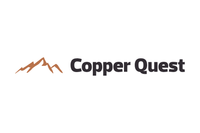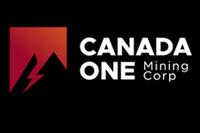Investment Opportunities in the Growing Copper Sulphate Market
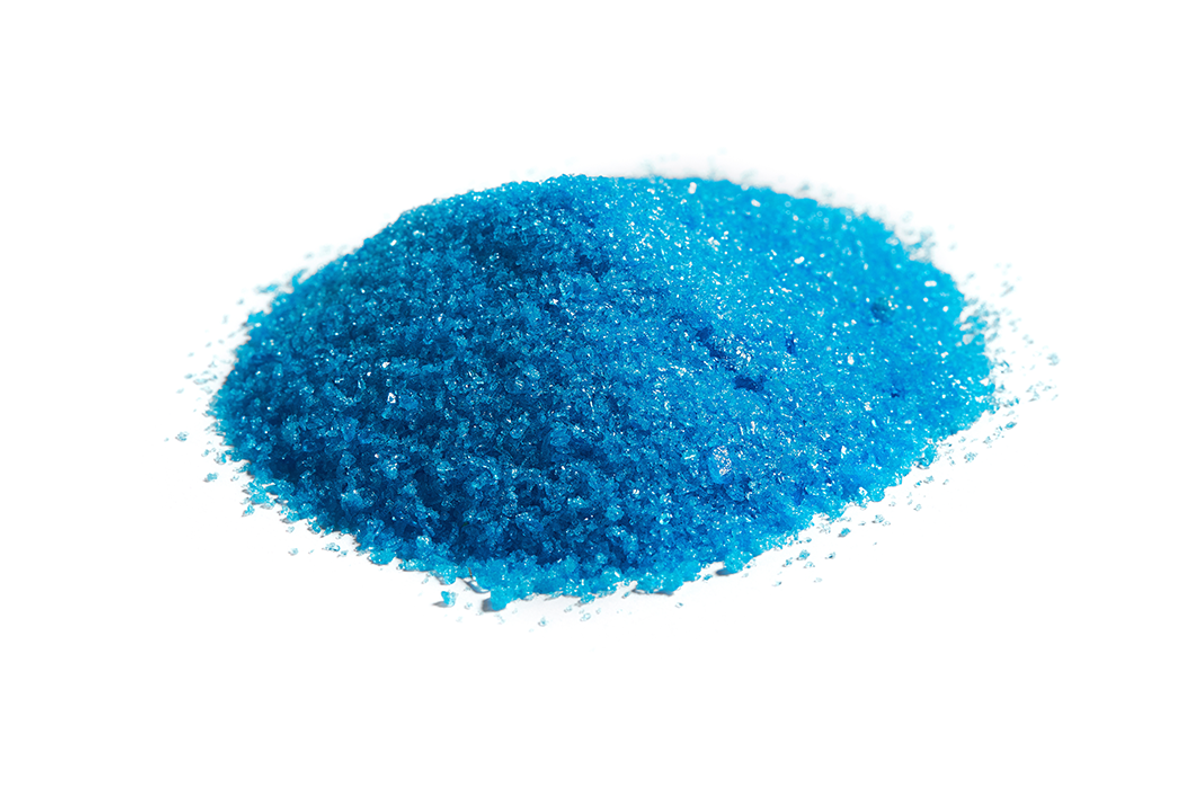
Used in industrial and agricultural sectors, the copper sulphate market offers investors an exciting opportunity amid an expanding demand dynamic. Copper is an essential mineral commonly found in our environment, foods and water. The recommended dietary amount of copper for adults is 900 micrograms per day.
Copper sulphate is produced by heating copper and sulphuric acid. The four most popular formulations are basic copper sulphate, copper sulphate monohydrate, copper sulphate anhydrous and copper sulphate pentahydrate.
Copper sulphate pentahydrate — often referred to simply as “copper sulphate” — is the most common formulation, comprising 25.47 percent copper, 38.47 percent sulphate and 36.06 percent water. It dissolves in water and methanol, but not in ethanol.
Uses of copper sulphate pentahydrate
Products containing copper sulphate are employed across various verticals, including industrial applications in batteries, petroleum, ink, textiles, leather, paint and metal.
The mining industry applies it in the froth flotation process, primarily in lead, zinc and gold mines, and the metal industry uses copper sulphate for copper plating.
In its anhydrous form, copper sulphate is a drying agent. It’s also added to fertilisers and feeds as an animal and soil nutritional supplement. It’s an effective algaecide, bactericide and fungicide.
When calcium hydroxide and copper sulphate are combined, the result becomes Bordeaux mixture.
Copper sulphate in agriculture
The agricultural industry represents the largest use of copper sulphate, especially as a fertiliser that helps to raise the copper content of soil.
Its fungicidal properties permit its use on fruit fungal infections like those that develop on grapes and melons. Copper sulphate also contributes to the nail and foot health of bovine animals.
In agricultural and non-agricultural locations, copper sulphate is applied as a herbicide, root killer, algaecide and fungicide. It is also used as an antimicrobial solution and as a molluscicide.
In the USA, its use began in the 1700s. The Environmental Protection Agency (EPA) registered it for use in 1956, with EPA reregistration completed in 2009.
A copper sulphate caution
While at diluted levels it is safe, its ability to kill fungi, microbial and mollusks can make it dangerous in concentrated amounts. The EPA has canceled the use of some pesticides containing copper sulphate monohydrate and/or copper sulphate anhydrous. However, this does not apply to basic copper sulphate or copper sulphate pentahydrate.
Copper sulphate is a potentially toxic heavy metal. Short exposure contact can lead to first-degree burns, while prolonged exposure can cause second-degree burns.
It is absorbed through pores and stays in the body because humans cannot eliminate heavy metals without outside supplementation.
Those handling products containing it must always read and follow instructions, wear gloves and long sleeves, and when mixing a solution, respirators.
Often used in small amounts to remove algae in swimming pools, in large amounts copper sulphate is not to be dumped where it can enter groundwater, reservoirs, lakes, rivers and oceans. Even its fumes contain trace amounts of copper sulphate.
Despite such potential dangers, products that contain copper sulphate in small amounts are used in organic agriculture.
Market outlook: What’s driving the increased demand for copper sulphate?
The copper sulphate market is segmented by region, form and application. The regions are North America, Europe, Asia-Pacific and Latin America.
The growing demand from agriculture, construction and healthcare industries in the Asia-Pacific has made it the largest regional market, followed by North America and Europe.
The global copper sulphate market is segmented into anhydrous, pentahydrate and other forms depending on crystallisation and chemical composition.
Applications include electronics, chemicals, agriculture, construction, healthcare, mining and metallurgy.
Rising appetites for material resources have increased the demand for copper sulphate, used in mining as a flotation reagent in concentrated ores.
Copper sulphate is a base material of naphthenate and other copper compounds used as anti-fouling agents in the paint industry.
These and the previously mentioned applications provide excellent growth opportunities for the copper sulphate market.
Current demand and market opportunities for copper sulphate
As demand for electrical and electronic products increases so does the demand for copper sulphate, as a liquid resistor.
The seemingly ever-rising need for energy storage devices in both small- and large-scale electronic projects is directly proportional to the increasing demand for copper sulphate all around the planet.
In industries involving refining, electroplating and battery improvement, copper sulphate is an electrolyte.
As developing nations increase investments in their diverse, capital-intensive projects, they require copper sulphate in greater quantities, and these activities push the market growth.
Market players
Some of the companies selling copper sulphate pentahydrate are Lapischem, Bisley International, Sulfozyme Agro, Millipore Sigma and the Chemical Company.
Sumitomo Metal Mining (TSE:5713) is one of the larger global producers of copper sulphate, with an established mining, processing and materials development business.
Australia-based Tartana Minerals (ASX:TAT) presents an exciting opportunity for investment in copper sulphate pentahydrate mining and processing.
The Australian company has approximately 45,000 tonnes of contained copper at its Northern Oxide Zone property. In the ground it is about 0.5 percent copper. Once mined copper enters the Tartana plant, new processing methods upgrade that to 1 percent copper.
The new refining process, when combined with the growth in demand for copper sulphate in the developing world, depicts an investment opportunity worth considering.
Further, Tartana offers immediate exposure to the copper market through its copper sulphate production which fully captures the value of the contained copper and is priced on the LME copper price plus a premium.
Investor takeaway
With an expanding market opportunity for copper sulphate in the agriculture sector, and the seemingly ever-rising need for energy storage devices in both small- and large-scale electronic projects, the prospects for copper sulphate as a raw material have never been greater, creating significant investment opportunities.
Dave Chapelle is a freelance writer based in Ontario.
This INNSpired article was written as part of an advertising campaign for a company that is no longer a client of INN. This INNSpired article provides information which was sourced by INN, written according to INN's editorial standards, in order to help investors learn more about the company. The company’s campaign fees paid for INN to create and update this INNSpired article. INN does not provide investment advice and the information on this profile should not be considered a recommendation to buy or sell any security. INN does not endorse or recommend the business, products, services or securities of any company profiled. If your company would benefit from being associated with INN's trusted news and education for investors, please contact us.
